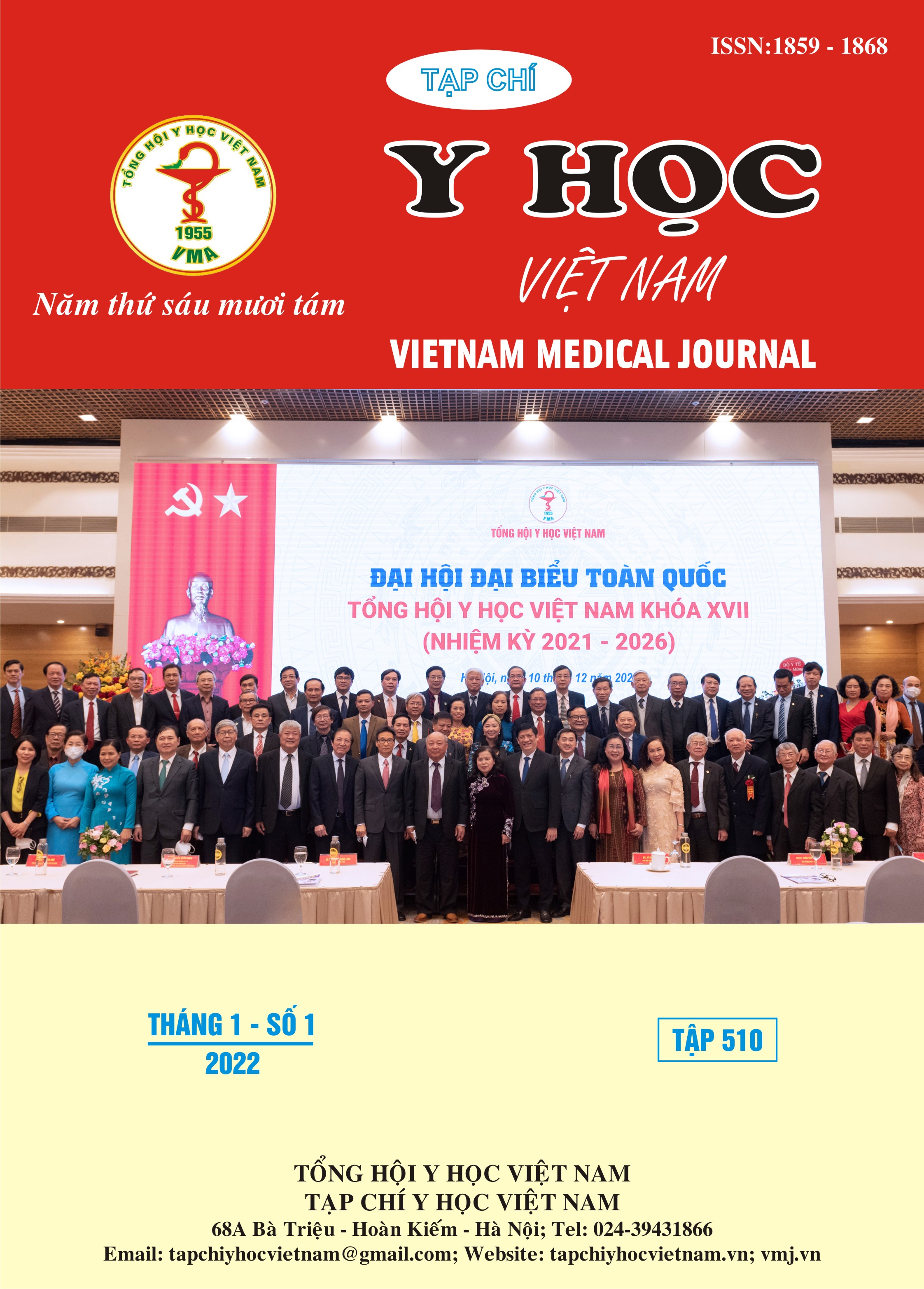EFFECT OF PARTICLE MEAN SIZE AND ENCAPSULATION RATIO ON THE DRUG RELEASE OF METRONIDAZOLE-LOADED POROUS MICROSPHERE
Main Article Content
Abstract
Objective: Formulate various porous microsphere batches with different particle mean sizes and encapsulation ratios. Those microspheres would be employed to investigate the effect of the spheres’ characteristics on their drug release. Subjects and methods: Porous ethylcellulose-based microspheres containing metronidazole were studied. The microspheres were prepared by emulsification - solvent evaporation method. The spheres’ mean size and encapsulation ratios and their effects on drug release rates and kinetics would be focused on. Results: The resultant microspheres’ size and drug loading ratio could be controlled through polymer concentration, drug concentration in the oil phase, emulsion stabilizer concentration or process parameters such as homogenization speed and time. Microspheres with a larger size or higher loading ratio presented faster drug release. Drugs are released from microspheres by a diffusion mechanism combined with polymer chain erosion. Conclusion: The size and drug encapsulation ratio of ethyl cellulose-based porous microspheres could be controlled through parameter modulation and could help control the drug release profile of the microspheres.
Article Details
Keywords
porous microsphere ethyl cellulose, metronidazole, drug release
References
[2] Minh-Quan L., Gimel J.C, Garric X., eta al. (2020), Modulation of protein release from penta-block copolymer microspheres, 152, 175-182.
[3] Phan Thị Kim Phụng, Lê Hậu, Lê Minh Quân (2020), Nghiên cứu bào chế vi cầu metformin hydroclorid giải phóng kéo dài bằng phương pháp bốc hơi dung môi từ nhũ tương, Tạp chí Dược học, 6, 40-45.
[4] Rough S. L., Wilson D. I., and Zhang M. (2014), “The evolution of pellet size and shape during spheronisation of an extruded microcrystalline cellulose paste”, Chemical Engineering Research and Design, 92(11), 2413-2424.
[5] P. Horcajada, A. Rámila, J. Pérez-Pariente, M. Vallet-Regı (2004), “Influence of pore size of MCM-41 matrices on drug delivery rate”, Microporous and Mesoporous Materials. 68 (1-3), pp 105-109.
[6] Andreas Bertz, Stefanie Wöhl-Bruhn, Sebastian Miethe, et al. (2013), “Encapsulation of proteins in hydrogel carrier systems for controlled drug delivery: Influence of network structure and drug size on release rate”, Journal of Biotechnology. 163 (2), pp 243-249.
[7] M. Jelvehgari, A. Nokhodchi, M. Rezapour, H. Valizadeh (2010), "Effect of formulation and processing variables on the characteristics of tolmetin microspheres prepared by double emulsion solvent diffusion method", Indian journal of pharmaceutical sciences. 72 (1), pp. 72-78.


